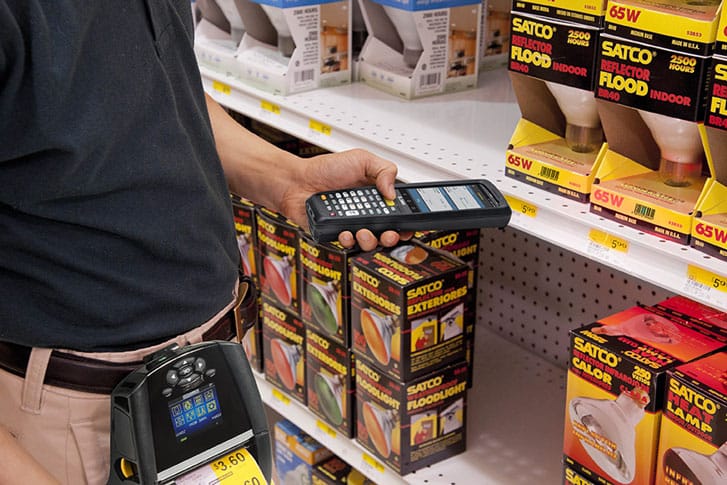Your inventory management system plays a key role in maintaining an undisrupted supply chain. The more efficient your system is, the less complicated your workflows will be. With so many technological advancements available, there are many ways to enhance inventory management. However, building efficiency doesn’t have to depend solely on hardware. As leading providers of warehouse optimization solutions, Avalon Integration brings you five simple ways to start enhancing your inventory system and how you can implement them in your operations for maximized profitability at a lower TCO.
1. Set Threshold Values

A quality inventory system should be able to establish minimum stock requirements to avoid surprise out-of-stocks
At the very minimum, a quality inventory system should be able to establish minimum stock requirements to avoid surprise out-of-stocks. A step ahead would be to monitor incoming and leaving stock to keep it from dropping below your set threshold. Furthermore, threshold levels can also be applied to your supplies to root out downtime before it happens.
2. Prepare for Triumphs and Trials

Your supply chain may be disrupted by outside/uncontrollable factors
2020’s global pandemic has gone a long way to prove there is no such thing as over-preparing. Living within a globalized world, it’s only expected that your supply chain may be disrupted by outside/uncontrollable factors, good and bad, such as:
- Sudden demand of any particular product
- Shrinking workforces and rising labor costs
- Running out of storage space
- Miscalculations in inventory counting
- Discontinuing materials
By tracking your inventory’s movement concerning demand, you can better prepare for chaotic moments. Zebra’s MotionWorks software helps deliver a birds-eye view of your moving inventory onto your handheld, so you have everything you need to make informed decisions on the fly.
3. Cycle Counting and Spot Checking

Zebra’s all-new MC2200/MC2700 mobile computer as the next evolution of streamlined data capture
Regular inventory audits provide dependable certainty that your reported stocks match what’s logged in your WMS; however, this manual process takes a long time when done all at once. Automated cycle counting procedures such as the ones supported by Zebra’s TC52 help you conduct accurate audits without stalling productivity. Another option to consider is Zebra’s all-new MC2200/MC2700 mobile computer as the next evolution of streamlined data capture and intelligent ergonomics.
4. Standardize Your Identification Process

When inventory arrives at the warehouse, it must be readily verified and labeled
When inventory arrives at the warehouse, it must be readily verified and labeled; however, as the stock moves around the warehouse, it may need to be relabeled and information may be lost from label to label. By simplifying your labeling process, you can prevent data entry errors and constant reprinting, which wears down printheads and wastes printing supplies.
To streamline label information while diminishing supply costs, RFID labels aggregate as much as 40 identifiers in one tag, simplifying data capture from receiving to shipping.
Another way to simplify standardization is to make sure your operating system is up to date and user-friendly. To accomplish this, Avalon recommends Android’s intuitive platform as it’s been shown to accelerate onboarding and protect data from unauthorized access.
Listen to our newest podcast to learn more about the benefits of Android.
5. Prioritize Inventory

Labeling is crucial in this factor since barcodes house essential information
This is perhaps the most important of all initiatives you can take. By tracking incoming inventory and current shelved stock, you are able to line up inventory and sell older products first before it loses its value or is no longer sellable.
Accurate labeling is crucial in this factor since barcodes house essential information -such as expiration dates, storage requirements, and delivery dates- throughout your stock’s journey. Quality labels can help make sure you always know which product is on your priority list. To boost labeling efficiency, Avalon has continuously recommended Zebra Certified Consumables due to its rugged adhesive and coating strength.
When it comes to enhancing your inventory management system, every small detail counts. For more simple cost-effective ways to maximize operational efficiency, contact our automation experts here.












